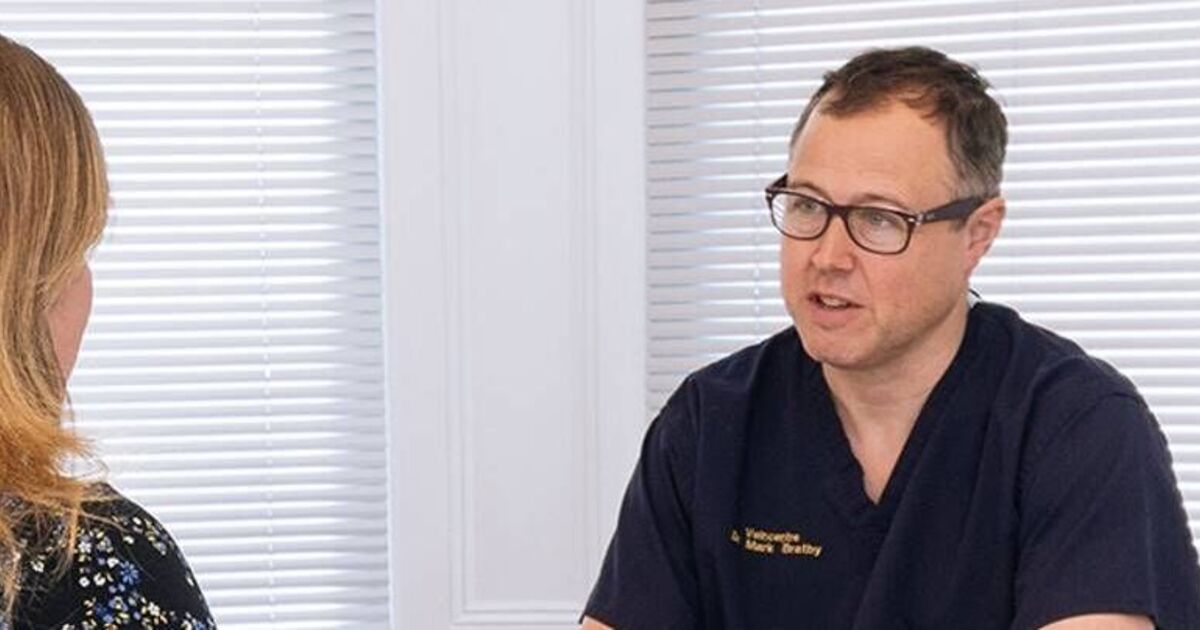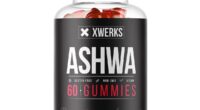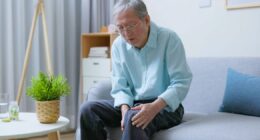A condition that plagued Tudor monarch Henry VIII is still impacting one in 500 people today, and experts are warning that common errors can exacerbate it.
Leg ulcers, while unpleasant and painful, can be treated more effectively than during the notorious king’s era. However, a vein specialist is worried that individuals continue to make routine mistakes that worsen symptoms.
Dr Mark Bratby, a consultant interventional radiologist at Veincentre, explained: “A leg ulcer is any break in the skin, usually found on the lower part of the leg or the feet. They develop when an area of the skin breaks down to reveal the tissue underneath.
“They can start off small, but soon grow in size and become increasingly uncomfortable and painful. They often also smell due to the breakdown of skin and infection. Venous ulcers are the most common type of leg ulcer.”
The NHS typically treats venous ulcers with a cleaning, dressing, and compression procedure. Veincentre offers an EVLA (Endovenous Laser Ablation) and foam sclerotherapy treatment, which it claims provides quicker and longer-lasting results, reports Gloucestershire Live.
Despite these options, Dr Bratby said he continues to see people making the same mistakes with their ulcers.
Common leg ulcer mistakes
DIY treatment
Busy schedules may not always permit a visit to the GP, but Dr Bratby insists that leg ulcers should not be treated at home.
He warned: “I’ve seen far too many people trying to deal with leg ulcers themselves but they need to be seen by a GP, need to work out what has caused it. A GP will also help with good compression.”
Insufficient compression
Compression is key in the treatment of leg ulcers, especially venous ones, as it tackles the root problem – poor blood flow.
Dr Bratby remarked: “Compression promotes healing and improves circulation so it’s a crucial part of dealing with a leg ulcer. I’ve seen too many people with uneven application or having too little or not enough pressure. It also requires consistency and the correct type of pressure. A health professional would provide guidance on this.”
Bad nutrition
Diet is often overlooked when it comes to the healing process of leg ulcers.
“Nutrition plays a crucial role in the healing of leg ulcers, as the body requires specific nutrients to repair damaged tissues, fight infections, and maintain healthy skin,” said Dr Bratby.
“People who have leg ulcers need adequate protein intake to promote skin repair. Vitamin A, vitamin C and zinc are also essential to support the immune system and strengthen skin and blood vessels.”
Ignoring early symptoms can lead to complications
Persistent swelling and leg aches, skin discolouration, dry, itchy skin, eczema and hardened skin around the foot and ankle are all warning signs to take seriously.
Dr Bratby issued a warning, stating: “Around 60% of leg ulcers are caused by varicose veins so anyone who suffers with venous issues should be on high alert for other signs of a leg ulcer. Getting treatment for the leaky veins can prevent further issues such as a leg ulcer.”










